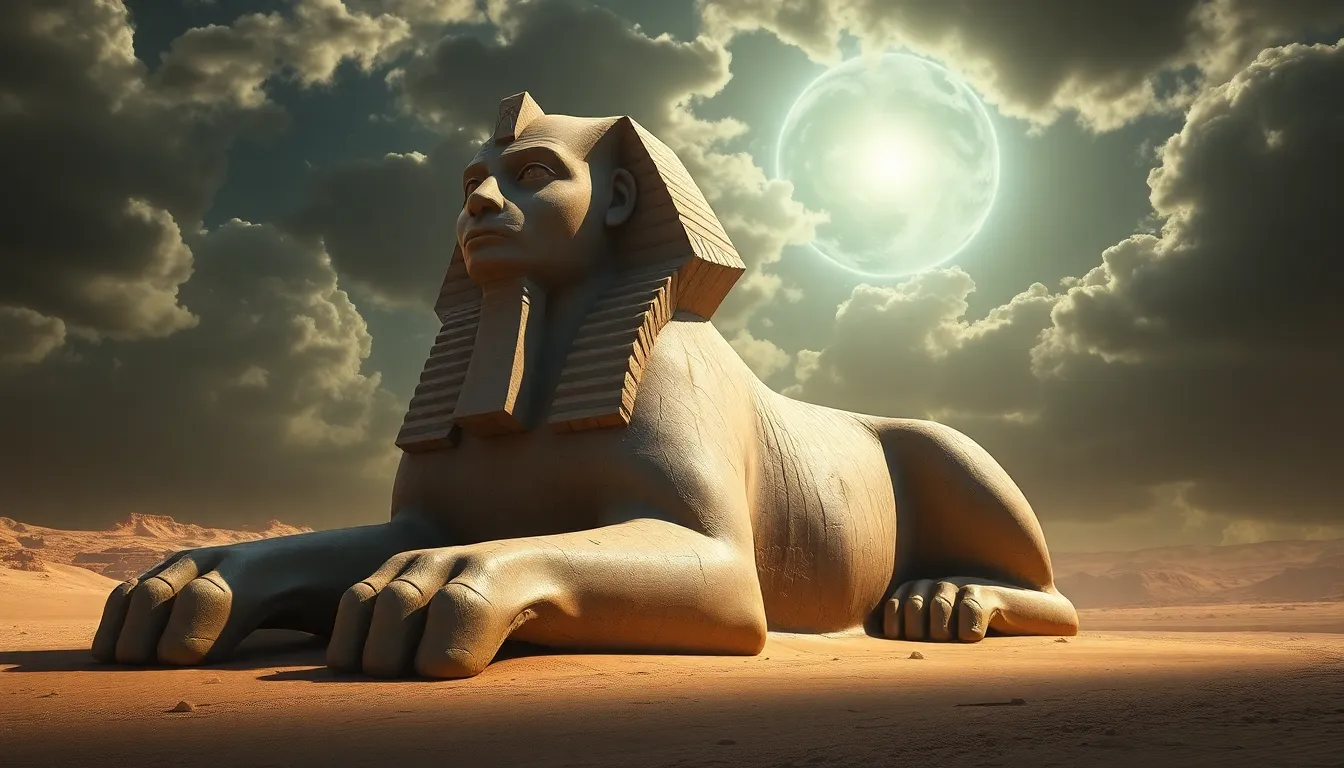Tepeu and Gucumatz: The Creators and the Cosmic Serpent in Mayan Cosmology
I. Introduction
Mayan cosmology is a rich tapestry of beliefs, rituals, and narratives that explain the origins of the universe and humanity. Central to this cosmology are the deities Tepeu and Gucumatz, who play pivotal roles in the creation myths outlined in the sacred text known as the Popol Vuh. This article aims to explore the significance of these two creator deities, their mythological background, and the broader implications of their stories within the context of Mayan belief systems.
II. The Mythological Background of Tepeu and Gucumatz
A. Definitions of Tepeu and Gucumatz
Tepeu, often referred to as the “Lord” or “God,” represents the sky or the upper world, while Gucumatz, known as the “Feathered Serpent,” embodies the earth and the underworld. Together, they symbolize the duality of existence in Mayan thought.
B. Their Roles as Creator Deities in the Popol Vuh
In the Popol Vuh, Tepeu and Gucumatz engage in a profound dialogue that leads to the creation of the world. Their discussions reflect a deep philosophical inquiry into existence, showcasing their wisdom and power as creator deities.
C. Symbolism of Their Names and Attributes
- Tepeu: His name suggests a sense of authority and power, often interpreted as the force of creation itself.
- Gucumatz: The feathered serpent is a powerful symbol in Mesoamerican cultures, representing the connection between the terrestrial and celestial realms.
III. The Creation Narrative
A. The Initial State of the Universe: Darkness and Silence
Before creation, the universe was characterized by an absence of light and sound. This primordial state of darkness set the stage for the emergence of life and order.
B. The Dialogue Between Tepeu and Gucumatz
The creation story begins with a thoughtful dialogue between Tepeu and Gucumatz. They contemplate the need for a world filled with life, beauty, and harmony, signaling the start of their collaborative creative process.
C. The Act of Creation: Forming the World and Its Inhabitants
Through their combined will, Tepeu and Gucumatz create the earth, the mountains, the rivers, and all living creatures. Their creation is not just a physical act; it is imbued with intention, reflecting their desire for balance and harmony in the cosmos.
IV. The Role of the Cosmic Serpent
A. Description and Symbolism of the Cosmic Serpent in Mayan Culture
The Cosmic Serpent is a prominent figure in Mayan mythology, symbolizing the cycle of life, death, and rebirth. It represents the interconnectedness of all things and the flow of energy through the universe.
B. Connection Between Gucumatz and the Idea of the Serpent
Gucumatz, as the feathered serpent, embodies this symbolism, linking the earth to the heavens. His form reflects the dual nature of existence—feathers representing the sky and the serpent representing the earth.
C. The Serpent as a Symbol of Power, Renewal, and Fertility
- Power: The serpent is often associated with divine authority and strength.
- Renewal: Its ability to shed skin symbolizes transformation and regeneration.
- Fertility: The serpent is linked to agricultural cycles and the life-giving aspects of nature.
V. The Relationship Between Tepeu and Gucumatz
A. Complementary Roles in the Creation Process
Tepeu and Gucumatz represent complementary forces in creation. Tepeu’s visionary authority is balanced by Gucumatz’s earthly wisdom, demonstrating the harmony of opposites.
B. The Balance of Duality in Mayan Cosmology
Mayan cosmology places great emphasis on duality, where opposites coexist in a state of balance. Tepeu and Gucumatz exemplify this principle, with their partnership symbolizing the harmony necessary for creation.
C. Implications of Their Partnership for Understanding Mayan Beliefs
Their relationship illustrates the interconnectedness of all aspects of existence, suggesting that creation is a collaborative and dynamic process. This perspective is essential for understanding broader Mayan beliefs about life and the universe.
VI. Cultural Impact and Interpretation
A. Influence of Tepeu and Gucumatz on Mayan Society and Religion
Tepeu and Gucumatz have profoundly influenced Mayan society, shaping religious practices, rituals, and societal structures. Their myths provided a framework for understanding human existence and the natural world.
B. Artistic Representations and Archaeological Findings
Numerous artistic representations of Tepeu and Gucumatz can be found in ancient Mayan artifacts. These depictions highlight their significance in religious contexts and provide insight into Mayan artistic traditions.
C. Modern Interpretations and Relevance in Contemporary Culture
Today, the stories of Tepeu and Gucumatz continue to resonate, inspiring modern interpretations in literature, art, and spirituality. Their legacy serves as a reminder of the value of creation myths in understanding human experience.
VII. Comparative Analysis with Other Creation Myths
A. Similarities with Creation Myths from Other Mesoamerican Cultures
Tepeu and Gucumatz share similarities with creator deities from other Mesoamerican cultures, such as Quetzalcoatl in Aztec mythology, who also embodies the duality of existence.
B. Differences in the Portrayal of Creator Deities
While there are common themes, each culture has unique interpretations of creation, reflecting their specific environmental, social, and historical contexts.
C. The Universal Themes of Creation and Transformation
Despite variations, universal themes of creation, transformation, and the balance of opposites are prevalent across cultures, highlighting a shared human quest to understand the origins of the universe.
VIII. Conclusion
A. Summary of Key Points
This article explored the roles of Tepeu and Gucumatz as central figures in Mayan cosmology, their complementary relationship, and the cultural impact of their creation narratives.
B. The Lasting Legacy of Tepeu and Gucumatz in Mayan Thought
The legacy of these deities endures in contemporary culture, emphasizing the importance of creation myths in shaping human understanding of existence.
C. Final Thoughts on the Significance of Creation Myths in Understanding Human Experience
Creation myths, such as those involving Tepeu and Gucumatz, provide valuable insights into human experience, reflecting our desires, fears, and aspirations as we navigate the complexities of life and the universe.



